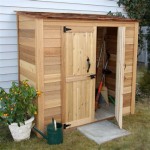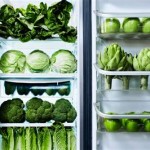Fruits and vegetables are an important part of a healthy diet, but storing them properly can be a challenge. To keep your produce fresher for longer, it’s important to understand the different storage needs of each type of produce. From temperature and humidity to light and air flow, there are a few different factors to consider when storing your fruits and veggies.
One of the most important things to remember when storing fruits and vegetables is that they need to be kept at the right temperature. Different types of produce have different temperature requirements, so it’s important to do some research on the individual items you plan to store. Generally, fruits and vegetables should be stored at a temperature between 40 to 50 degrees Fahrenheit.
Humidity is also an important factor when it comes to storing produce. Too much or too little moisture can cause spoilage, so it’s important to find a storage option that maintains the right level of humidity. A humidity-controlled refrigerator is ideal for storing produce, while a pantry or cabinet can also work if the humidity is kept at the right level.
Light and air flow are also important factors to consider when storing fruits and vegetables. Produce should be stored in a dark area with good air circulation to ensure it stays fresh for longer. It’s also important to check the produce often for signs of spoilage or mold, as this can spread quickly in the right conditions.
By taking the time to understand the different storage requirements of your fruits and vegetables, you can make sure they stay fresher for longer. With a few simple steps, you can optimize your produce storage and enjoy your fruits and veggies for longer.










Related Posts








